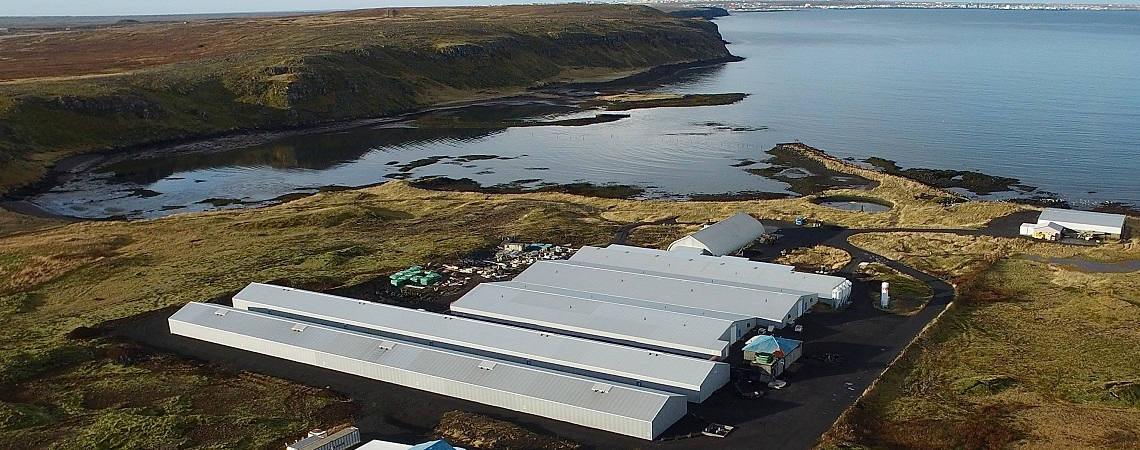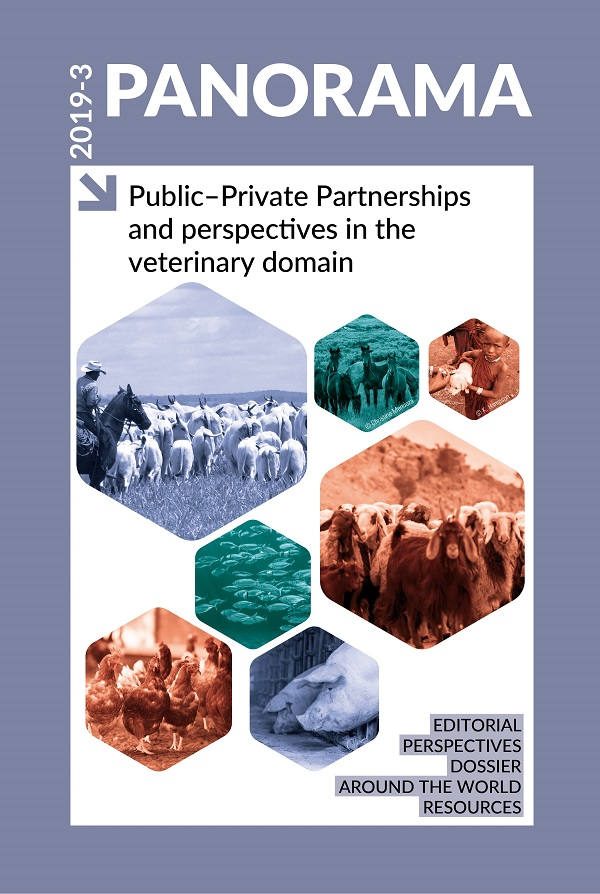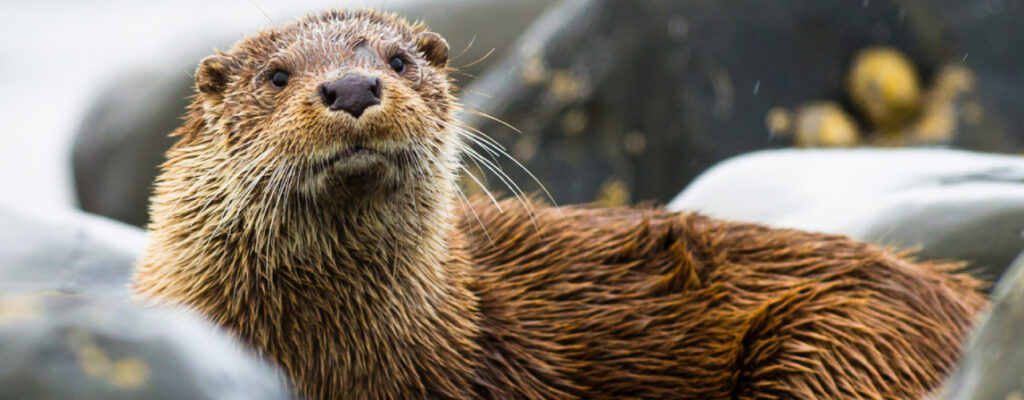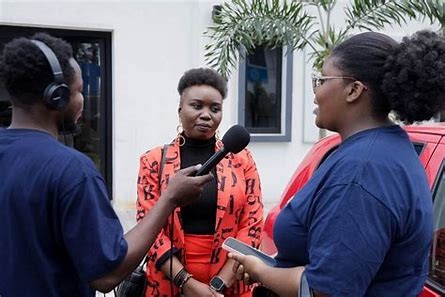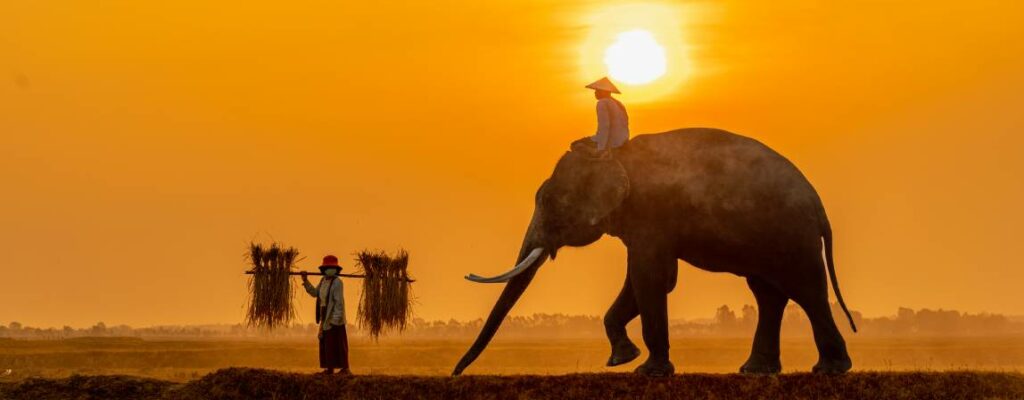Around the world Posted on 2020-01-14 16:12:46
Success stories
Successful implementation of compartmentalisation in aquaculture: the production of Atlantic salmon in Iceland
Keywords
Authors
Eduardo Rodriguez, Functional Genomics, Stofnfiskur, Iceland.
The designations and denominations employed and the presentation of the material in this article do not imply the expression of any opinion whatsoever on the part of the OIE concerning the legal status of any country, territory, city or area or of its authorities, or concerning the delimitation of its frontiers and boundaries.
The views expressed in this article are solely the responsibility of the author(s). The mention of specific companies or products of manufacturers, whether or not these have been patented, does not imply that these have been endorsed or recommended by the OIE in preference to others of a similar nature that are not mentioned.
The company’s land-based farms are supplied with unpolluted seawater and freshwater from boreholes. This water, naturally filtered through porous lava, provides the best disease-free habitat for fish. Together with the Icelandic Food and Veterinary Authority (MAST), the company has developed and implemented effective biosecurity management measures focused on preventing and protecting our fish from infectious disease agents. As a result, the company is now a biosecure compartment.
The Icelandic Food and Veterinary Authority formally established a strategy to conduct and support the compartmentalisation process
The provisions for the implementation of compartmentalisation established in the OIE Aquatic Animal Health Code [1] and Terrestrial Animal Health Code [2] are merely recommendations and they do not provide specific guidance on how to implement, evaluate or officially approve a compartment. Consequently, MAST formally established a strategy to conduct and support the compartmentalisation process and drafted legislation. MAST published the Official Standard on the requirements for compartmentalisation for disease management in March 2015 [3].
Once all the legal instruments were set up, Stofnfiskur applied for official approval of the first biosecure compartment. MAST performed site visits to all sub-units of the compartment and verified their documentation, and official certification was granted on 2 October 2015. Subsequently, Stofnfiskur submitted the relevant documentation to the Chilean National Fisheries and Aquaculture Service (SERNAPESCA), with the aim of obtaining official recognition for the compartment in Chile. SERNAPESCA began collecting the necessary documentation in 2014 and recognised the first international compartment in Iceland on 1 March 2016.
The process described above clearly demonstrates the importance of collaboration between the private and public sectors. The alliance between Stofnfiskur and MAST is another example of a successful public–private partnership in aquaculture. In addition, this alliance has contributed to economic growth in Iceland.
http://dx.doi.org/10.20506/bull.2019.3.3053
References
- World Organisation for Animal Health (OIE) (2019). – Chapter 4.2. Application of compartmentalisation. In Aquatic Animal Health Code.
- World Organisation for Animal Health (OIE) (2019). – Chapter 4.5. Application of compartmentalisation. In Terrestrial Animal Health Code.
- Iceland Food and Veterinary Authority (MAST) (2015). – Official standard by which the conditions for development, assessment and approval of compartments for aquatic animals disease-free are set.




